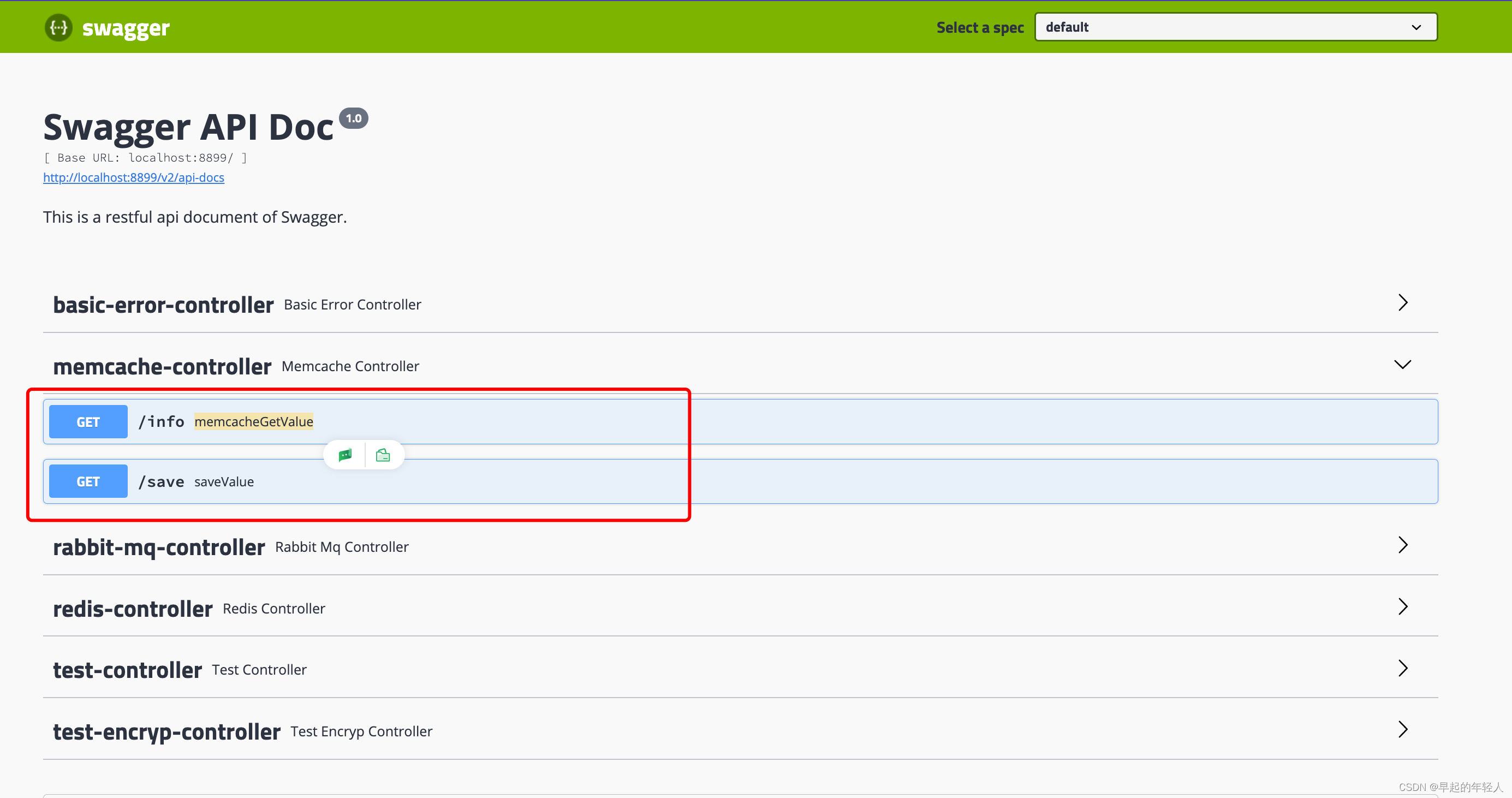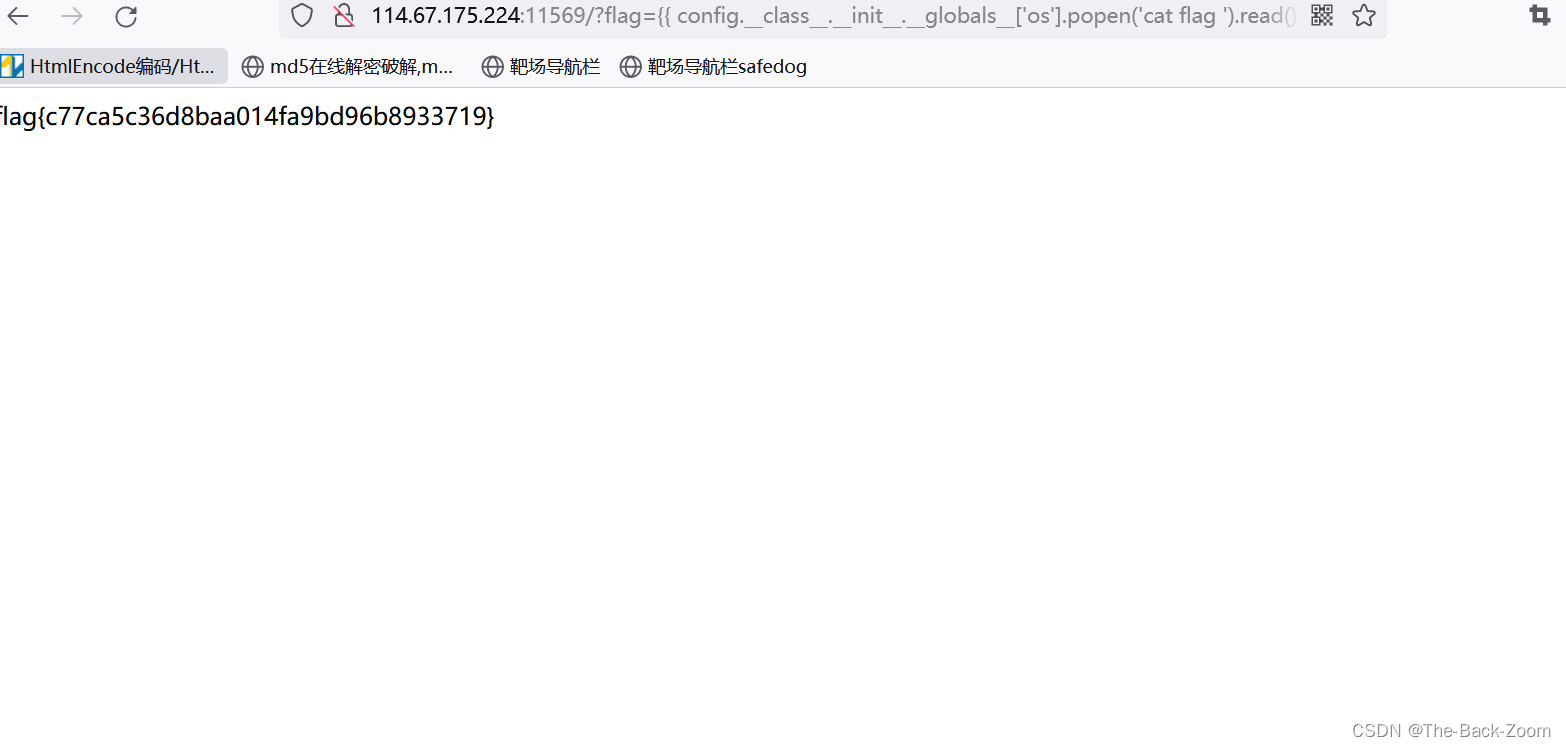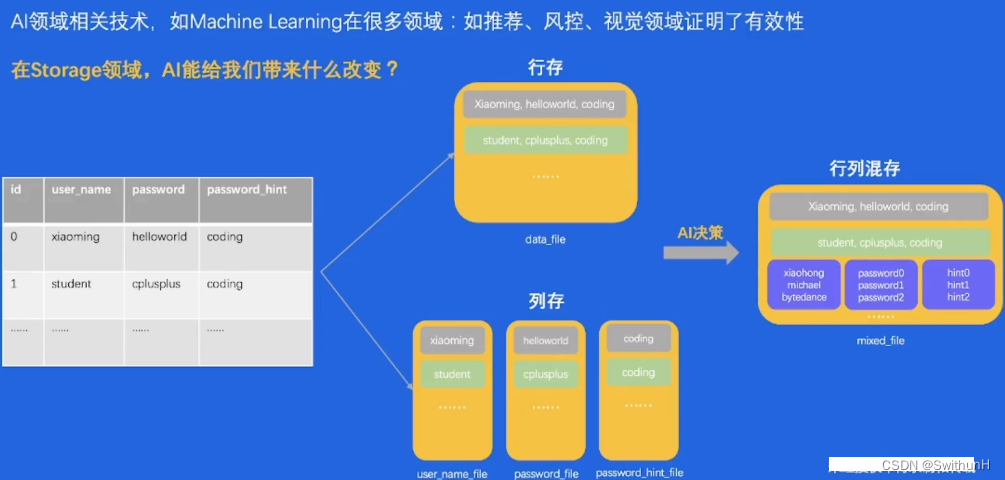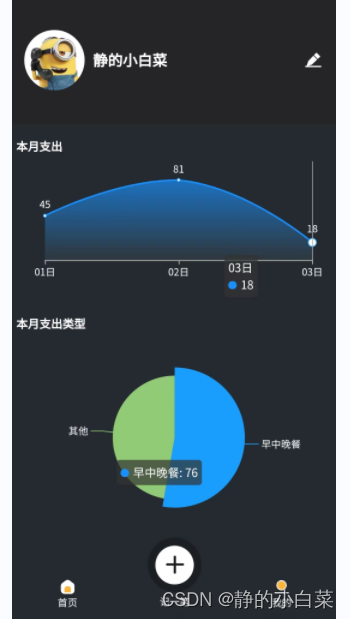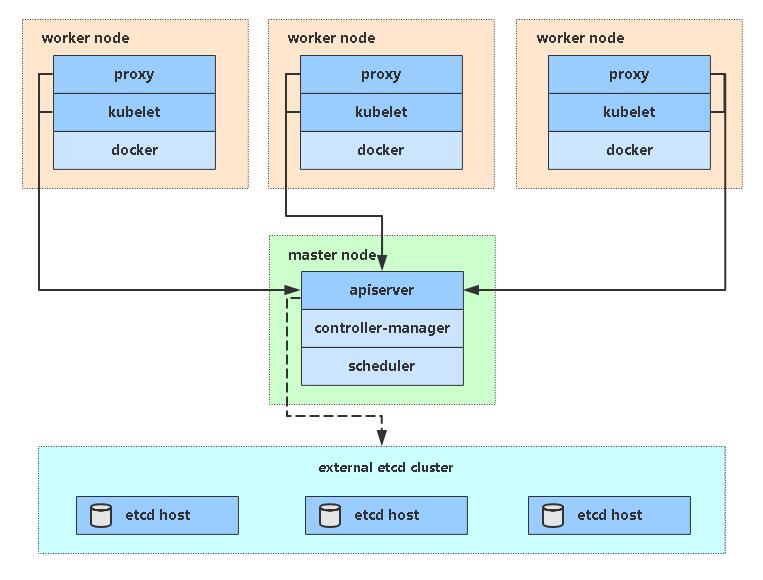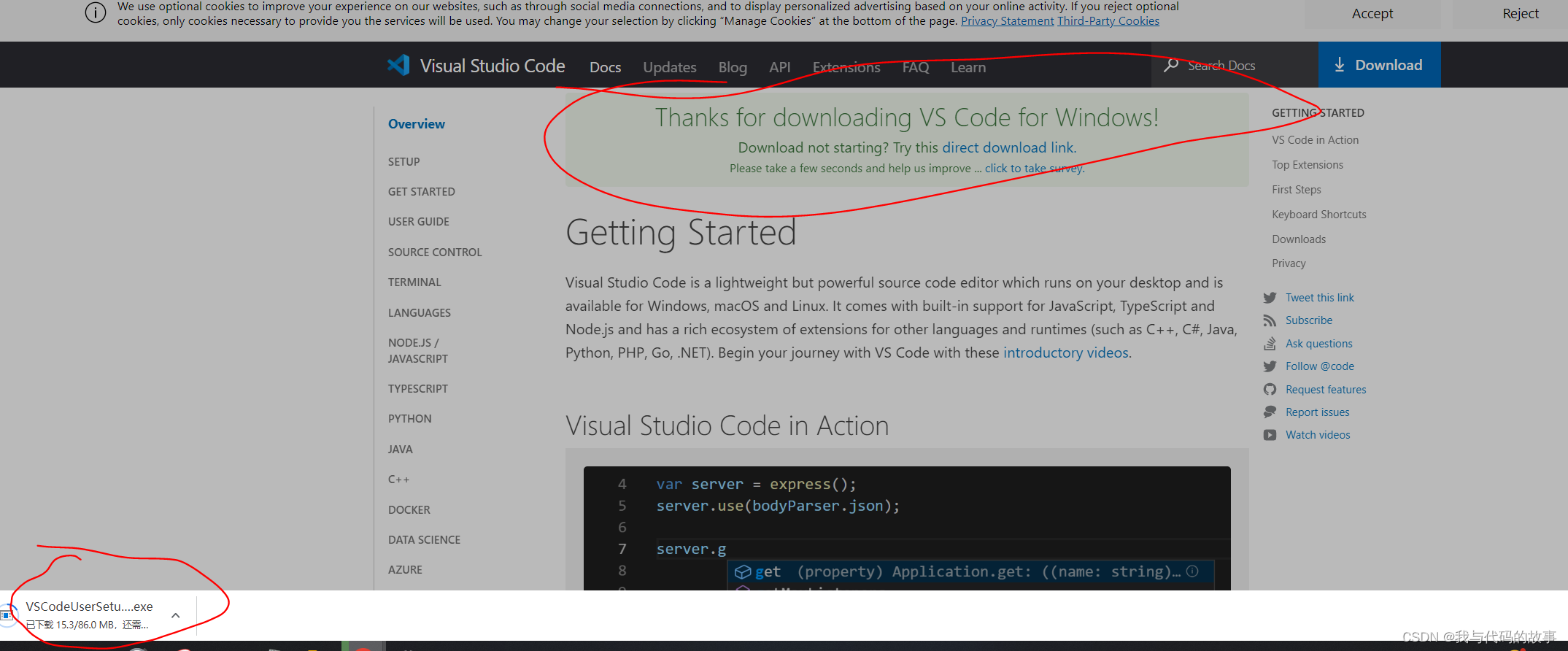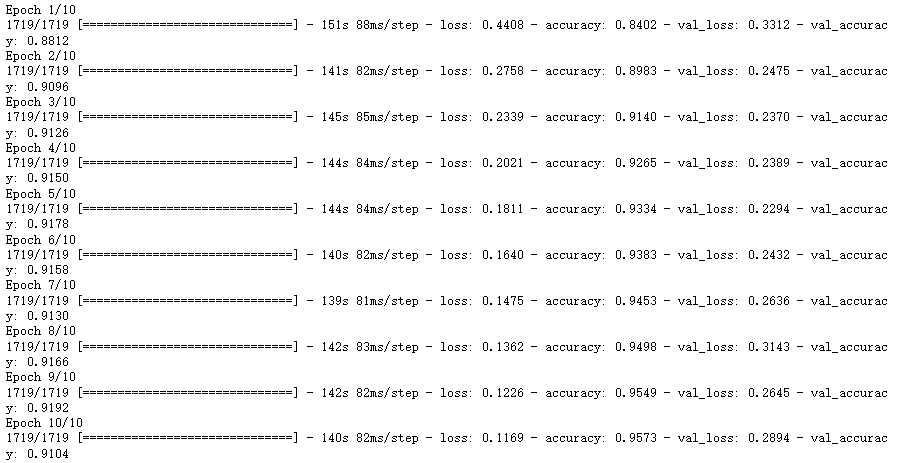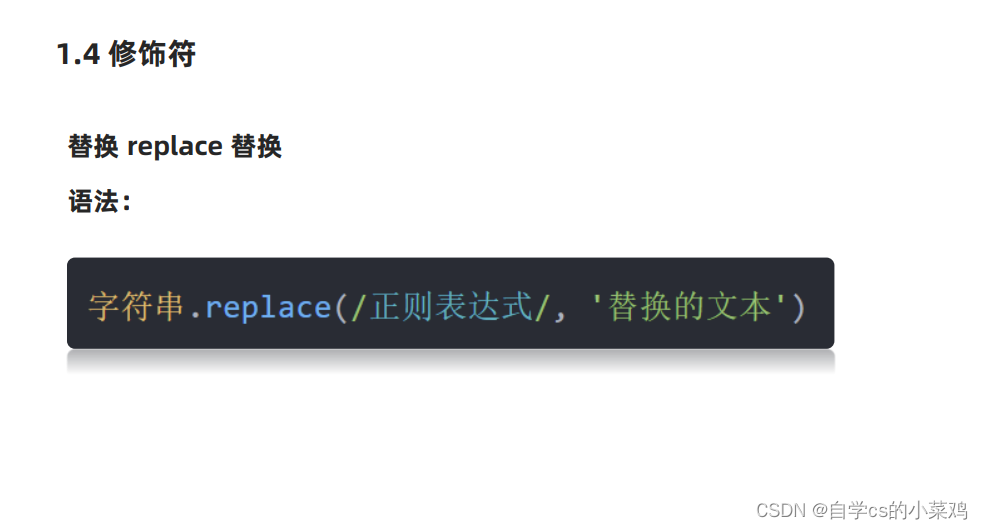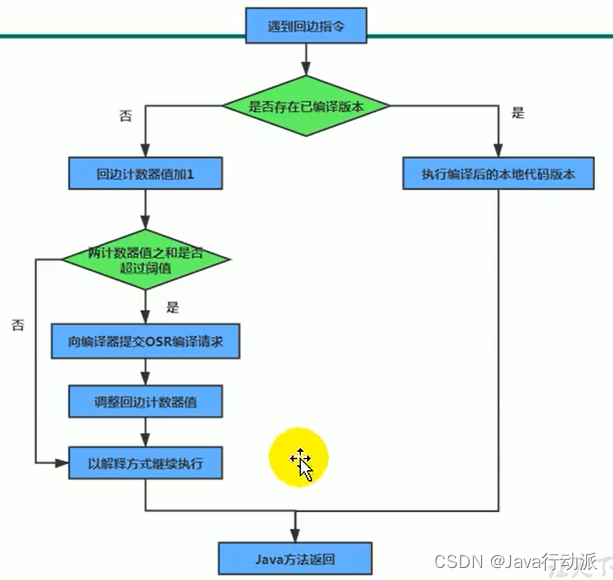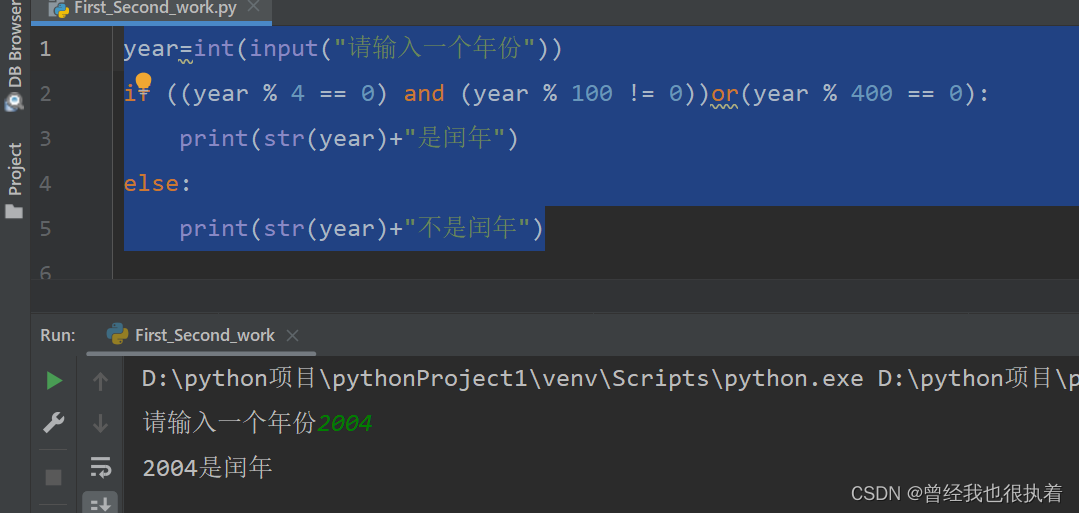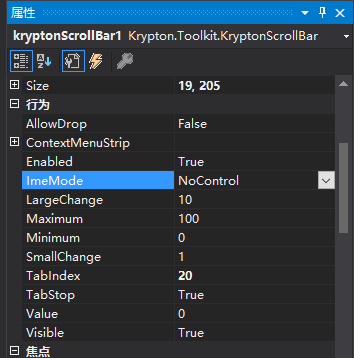Memcached是一个开源、高性能,将数据分布于内存中并使用key-value存储结构的缓存系统。它通过在内存中缓存数据来减少向数据库的频繁访问连接的次数,可以提高动态、数据库驱动之类网站的运行速度。
Memcached在使用是比较简单的,在操作上基本就类似于操作字典结构的对象一样
1 添加依赖
这里需要添加上web、swagger和spymemcached的依赖,Swagger是为了方便接口测试。
对于spymemcached的支持,其实只要如下这个依赖包就可以了。
<!-- https://mvnrepository.com/artifact/net.spy/spymemcached -->
<dependency>
<groupId>net.spy</groupId>
<artifactId>spymemcached</artifactId>
<version>2.12.3</version>
</dependency>
2 添加相关配置
2.1 添加swagger 配置
添加一个swagger 配置类,在工程下新建 config 包并添加一个 SwaggerConfig 配置类,除了常规配置外,加了一个令牌属性,可以在接口调用的时候传递令牌。
import org.springframework.context.annotation.Bean;
import org.springframework.context.annotation.Configuration;
import springfox.documentation.builders.ApiInfoBuilder;
import springfox.documentation.builders.PathSelectors;
import springfox.documentation.builders.RequestHandlerSelectors;
import springfox.documentation.service.ApiInfo;
import springfox.documentation.spi.DocumentationType;
import springfox.documentation.spring.web.plugins.Docket;
import springfox.documentation.swagger2.annotations.EnableSwagger2;
@Configuration
@EnableSwagger2
public class SwaggerConfig {
@Bean
public Docket createRestApi(){
return new Docket(DocumentationType.SWAGGER_2).apiInfo(apiInfo())
.select()
.apis(RequestHandlerSelectors.any())
.paths(PathSelectors.any()).build();
}
private ApiInfo apiInfo(){
return new ApiInfoBuilder()
.title("Swagger API Doc")
.description("This is a restful api document of Swagger.")
.version("1.0")
.build();
}
}
2.2.在配置文件添加memcache的主机端口信息
application.properties
memcache.ip=127.0.0.1
memcache.port=11211
application.yml
memcache:
ip: 127.0.0.1
port: 11211
2.3.添加一个MemcacheConfig配置类,读取主机端口并构造一个MemcachedClient。
MemcacheConfig.java
import java.io.IOException;
import java.net.InetSocketAddress;
import org.springframework.beans.factory.annotation.Value;
import org.springframework.context.annotation.Bean;
import org.springframework.context.annotation.Configuration;
import net.spy.memcached.MemcachedClient;
@Configuration
public class MemcacheConfig {
@Value("${memcache.ip}")
private String ip;
@Value("${memcache.port}")
private int port;
@Bean
public MemcachedClient getClient() {
MemcachedClient memcachedClient = null;
try {
memcachedClient = new MemcachedClient(new InetSocketAddress(ip, port));
} catch (IOException e) {
e.printStackTrace();
}
return memcachedClient;
}
}
2.4 编写业务接口
编写一个业务控制器,通过MemcachedClient实现对缓存的设置和读取。
MemcacheController.java
import org.springframework.beans.factory.annotation.Autowired;
import org.springframework.web.bind.annotation.GetMapping;
import org.springframework.web.bind.annotation.RestController;
import net.spy.memcached.MemcachedClient;
import net.spy.memcached.internal.OperationFuture;
@RestController
public class MemcacheController {
private Logger logger = LoggerFactory.getLogger(getClass());
@Autowired
private MemcachedClient memcachedClient;
@GetMapping("/info")
public String memcacheGetValue() throws InterruptedException {
// 取出缓存
Object value = memcachedClient.get("userName");
logger.info("取出缓存 "+value);
return "取出的值 "+value;
}
@GetMapping("/save")
public String saveValue(@RequestParam String userName) throws InterruptedException {
// 放入缓存, 过期时间为5000,单位为毫秒
OperationFuture<Boolean> flag = memcachedClient.set("userName", 5000, userName);
return "保存成功";
}
}
3 编译运行测试
3.1. 右键项目 -> Run as -> Maven install,开始执行Maven构建,第一次会下载Maven依赖,可能需要点时间
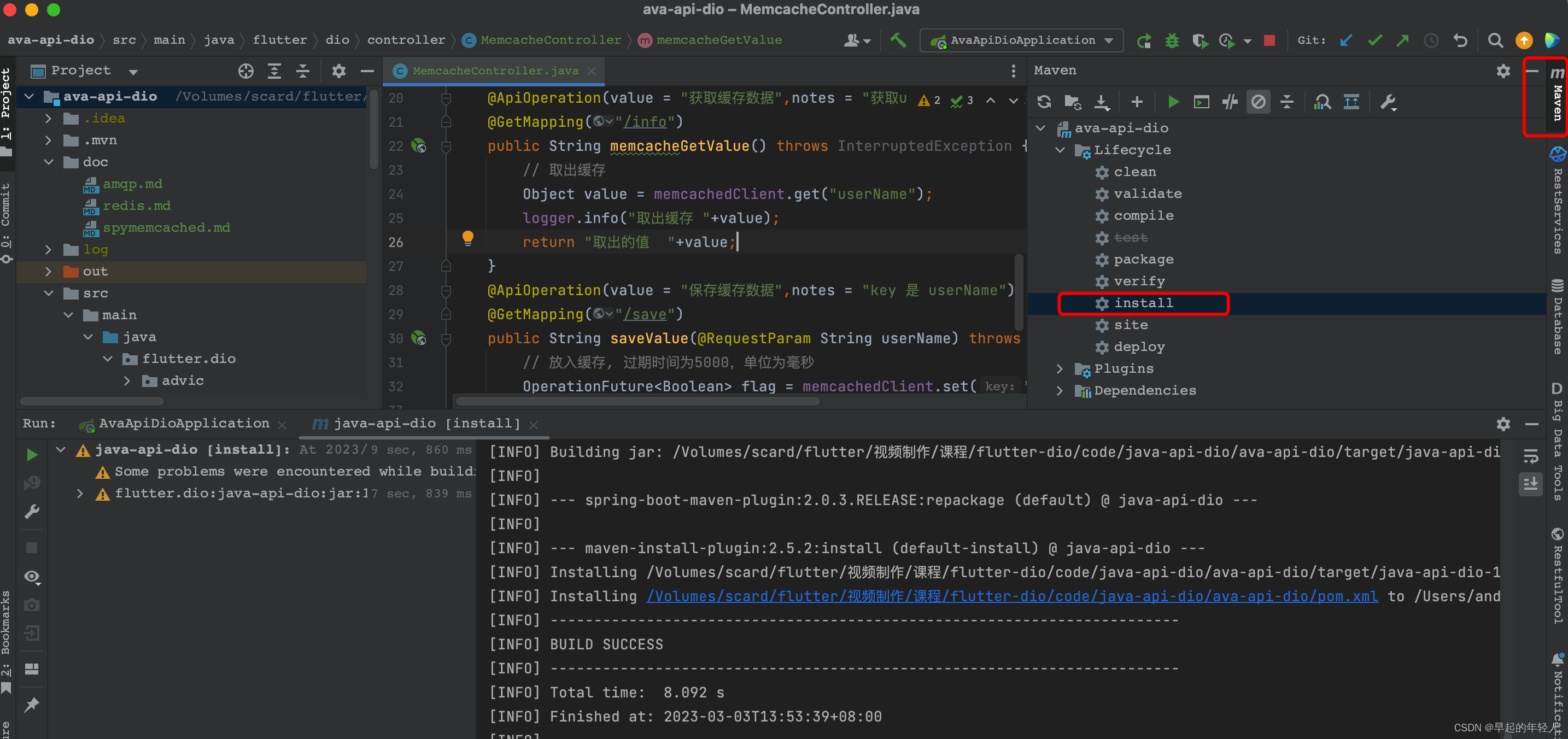
3.2. 右键文件 DemoApplication.java -> Run as -> Java Application,开始启动应用
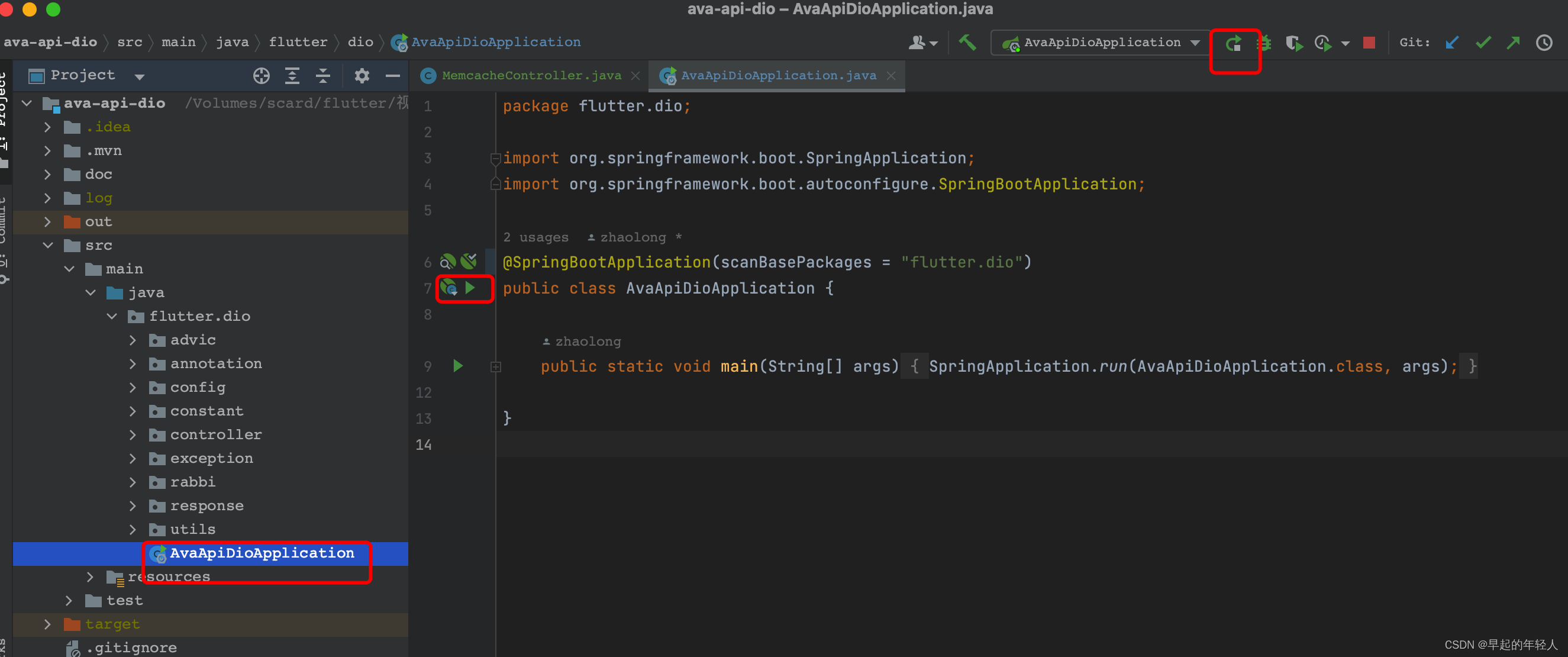
3.3. 打开浏览器,访问:http://localhost:8899/swagger-ui.html,进入swagger接口文档界面。
这里的端口根据具体的项目启动来查看,我这里是 8899
